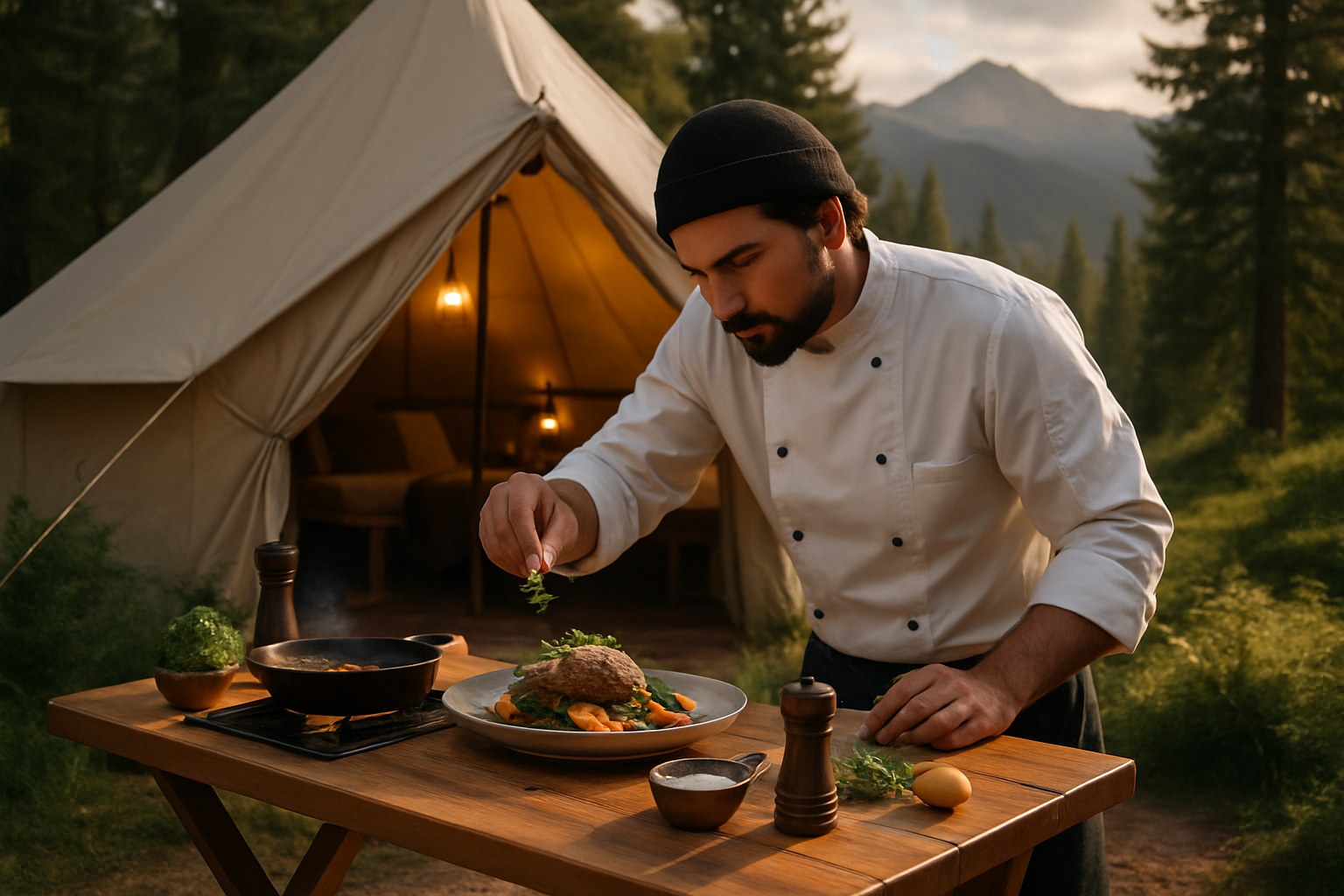Foraging Tourism: Reconnecting with Nature through Culinary Adventure
Amidst bustling cities and digital overload, a new travel trend is taking root, inviting adventurers to step off the beaten path and into the wild. Foraging tourism, an immersive experience blending outdoor exploration with culinary discovery, is captivating travelers seeking authentic connections with nature and local cultures. This burgeoning movement transforms landscapes into living pantries, offering a fresh perspective on sustainable travel and gastronomic exploration.

Initially popularized by renowned chefs and naturalists, foraging tours began as niche experiences offered in select rural locations. These early pioneers sought to reconnect people with their food sources and highlight the biodiversity of local ecosystems. As word spread, the concept evolved from small-scale workshops to full-fledged tourism experiences, attracting both culinary enthusiasts and nature lovers.
The Modern Foraging Experience
Today’s foraging tours come in various forms, catering to different interests and skill levels. Some focus solely on identifying and collecting edible plants, while others incorporate cooking classes, wilderness survival skills, or cultural education components. Typical experiences might include guided walks through forests, meadows, or coastlines, where participants learn to identify, sustainably harvest, and prepare wild ingredients.
Urban foraging has also gained traction, with tours exploring city parks, abandoned lots, and even sidewalk cracks for edible plants. These experiences challenge participants to see their everyday environments through a new lens, revealing the hidden bounty of urban ecosystems.
Sustainability and Conservation
One of the core principles of responsible foraging tourism is sustainability. Tour operators emphasize the importance of minimal impact harvesting techniques and often work closely with local conservation authorities to ensure their activities do not harm delicate ecosystems. Many tours incorporate education on invasive species removal, helping to protect native flora while providing a meaningful way for tourists to contribute to local conservation efforts.
Furthermore, foraging tourism can play a crucial role in preserving traditional ecological knowledge. By partnering with indigenous communities and local experts, these experiences help to document and pass on ancestral wisdom about local plants and their uses, which might otherwise be lost to urbanization and changing lifestyles.
Culinary Innovation and Local Economies
The intersection of foraging and fine dining has sparked a wave of culinary innovation. Chefs participating in foraging tours often incorporate their finds into unique, hyper-local menus, creating unforgettable dining experiences that showcase the essence of a region’s terroir. This trend has not only elevated the profiles of rural restaurants but has also stimulated local economies by attracting food tourists and creating new job opportunities in guiding and hospitality.
Moreover, foraging tourism has revitalized interest in forgotten or underutilized native ingredients. This renewed focus on local flora has led to the development of new products, from artisanal preserves to wildcrafted spirits, further diversifying rural economies and preserving cultural heritage.
Foraging Fundamentals for Travelers
• Always join guided tours led by certified experts to ensure safety and sustainability
• Learn to identify at least three edible plants common to your destination before your trip
• Respect local regulations and obtain necessary permits for foraging activities
• Bring appropriate gear: sturdy shoes, gloves, baskets, and field guides
• Practice the rule of thirds: harvest no more than one-third of any plant population
• Avoid foraging in polluted areas or near roads to prevent contamination
As travelers increasingly seek authentic, immersive experiences that connect them with nature and local cultures, foraging tourism stands out as a compelling blend of adventure, education, and culinary exploration. By transforming the act of gathering food into a journey of discovery, this trend offers a unique way to experience destinations through taste, touch, and smell. As the movement grows, it promises to reshape our relationship with the natural world, one wild ingredient at a time.





